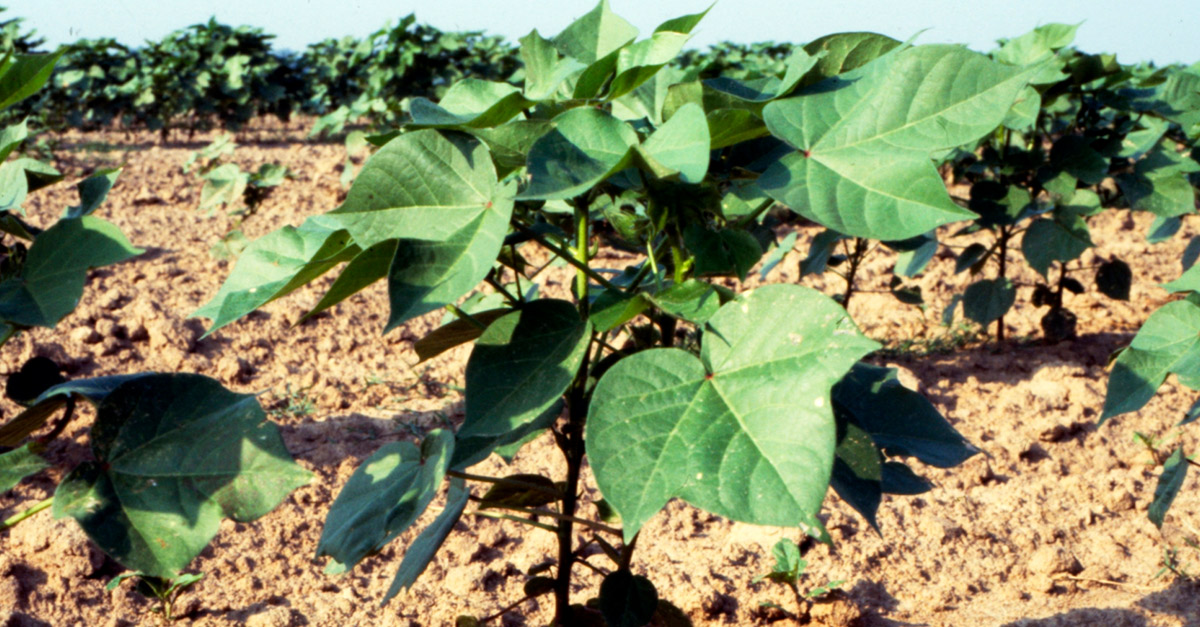EPA Makes Dicamba Label Changes, Extends Registration
The U.S. Environmental Protection Agency (EPA) is extending the registration of dicamba for two years for over-the-top applications to control weeds in fields for cotton and soybean plants genetically engineered to resist dicamba.
A ruling on dicamba had been anticipated following the first two years of registration and in-field use. The decision was based on review of substantial amounts of information and extensive collaboration between EPA, state regulators, farmers, academic researchers, pesticide manufacturers and other stakeholders. EPA concluded that the continued registration of these dicamba products meets FIFRA’s registration standards and that extending these registrations with new safety measures will not affect endangered species.
“EPA understands that dicamba is a valuable pest control tool for America’s farmers,” said EPA Acting Administrator Andrew Wheeler. “By extending the registration for another two years with important new label updates that place additional restrictions on the product, we are providing certainty to all stakeholders for the upcoming growing season.”
EPA added 10 label changes for 2019 and 2020 to ensure that these dicamba products can continue to be used effectively, while addressing potential concerns to surrounding crops and plants:
- Two-year registration (until December 20, 2020).
- Only certified applicators may apply dicamba over the top. Others working under the supervision of a certified applicator may no longer make applications.
- Prohibit over-the-top application of dicamba on cotton 60 days after planting and 45 days after planting for soybeans.
- The number of over-the-top applications for cotton will be limited to two (from four). Soybeans remain at two over-the-top applications.
- Applications will be allowed only from one hour after sunrise to two hours before sunset.
- In counties where endangered species may exist, the downwind buffer will remain at 110 feet, and there will be a new 57-foot buffer around the other sides of the field (the 110-foot downwind buffer applies to all applications, not just in counties where endangered species may exist).
- Clarify training period for 2019 and beyond, ensuring consistency across all three products.
- Enhanced tank clean out instructions for the entire system.
- Enhanced label to improve applicator awareness on the impact of low pH’s on the potential volatility of dicamba.
- Label clean up and consistency to improve compliance and enforceability.
The registration for all dicamba products will automatically expire on December 20, 2020, unless further extended by EPA.
The National Cotton Council (NCC) welcomed the EPA decision.
“Cotton producers across the cotton belt appreciate the EPA’s two-year re-registration of this important crop protection tool,” said Shawn Holladay, producer from Texas and chairman of the NCC’s American Cotton Producers. “However, we understand this label will include new and stricter application and use restrictions, and we need clarification on some details before a final determination of the complete implications for use of the product.”
Patrick Johnson, chairman of the NCC’s Environmental Task Force and a producer from Mississippi, said the NCC would closely evaluate the final details of the label. “Cotton farmers need affordable, effective weed control, and dicamba is an important part of the multifaceted solution,” he said.
Includes information provided by EPA and the National Cotton Council.









